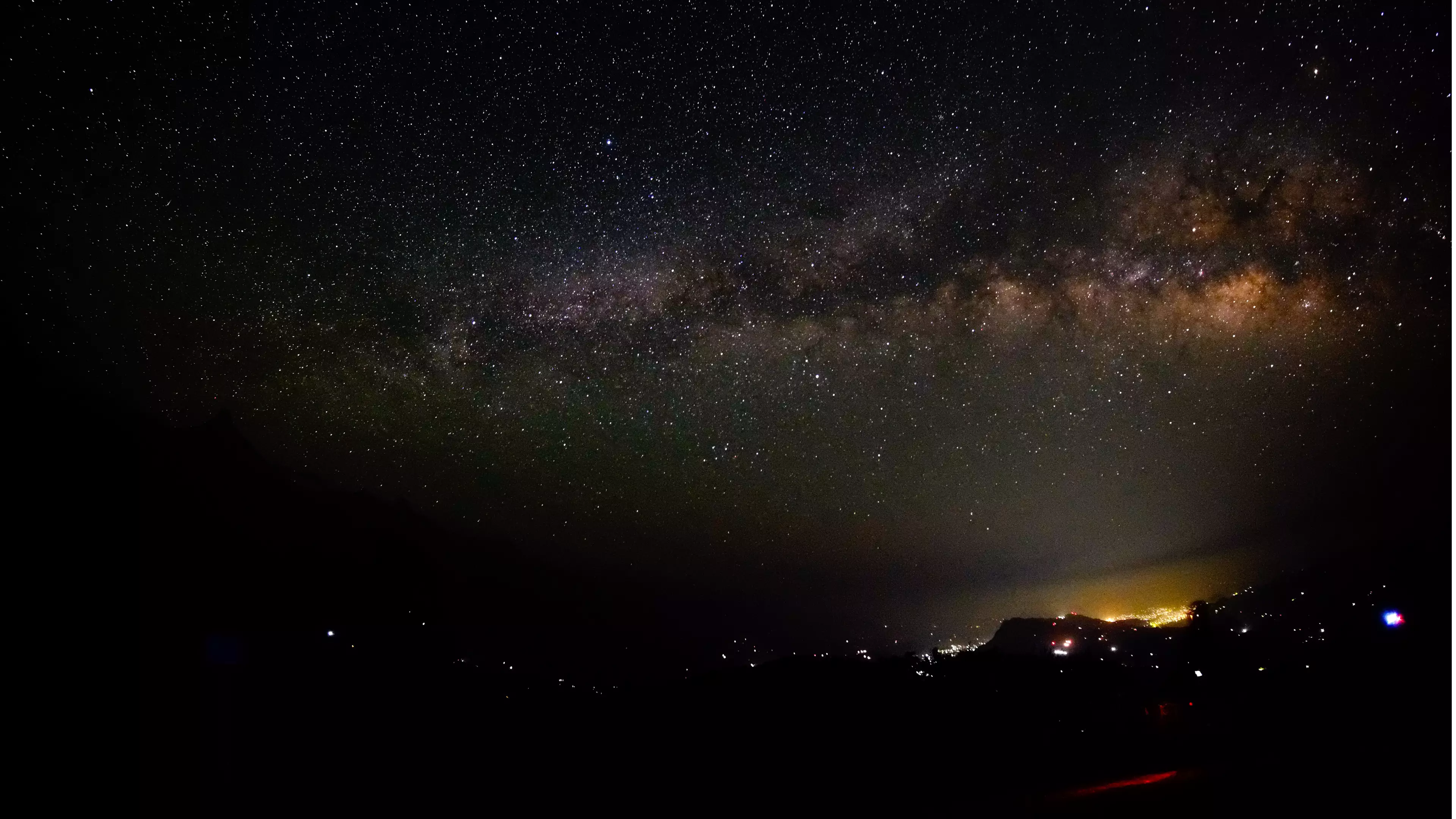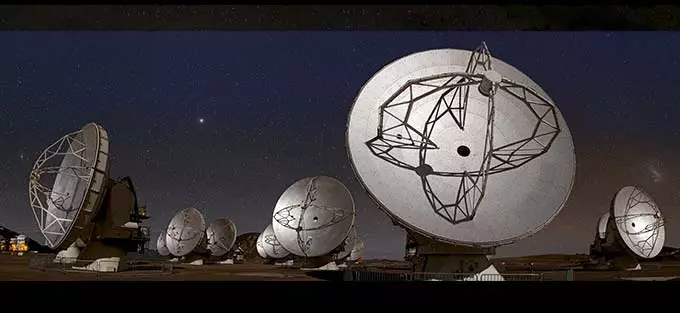
Black holes are the stuff of dreams for science fiction writers everywhere and a source of fascination for scientists and ordinary people alike. And for good reason - they're are mysterious, powerful things that can really make our place in the universe feel, well, very insignificant.
That's even more the case now that a supermassive black hole has been discovered in our very own solar system. An absolutely gigantic black hole 100,000 times more massive than the sun has been discovered in a toxic gas cloud near the heart of the Milky Way.
Given that the sun is over a hundred times the size of our little planet, that means this black hole is an absolutely ridiculous size. Yet even though it dwarfs the Earth, it's not actually the biggest black hole found in our galaxy.
Advert
That accolade is reserved for Sagittarius A, which is anchored at the very centre of the galaxy and has a mass of 400 million suns.

Credit: PA
This new discovery, which is 200 light years away from Sagittarius A, was made by astronomers in Japan after they turned a powerful telescope in Chile's Atacama desert towards the gas cloud in the hopes of understanding more about it.
Advert
What they saw was molecules in that elliptical cloud - which is 150 trillion kilometres wide -being pulled around by immense gravitational forces . The cause of that, according to computer models, was a black hole no more than 1.4 trillion km across.
The scientists' suspicions that a black hole was responsible became more likely when further observations picked up radio waves indicative of a black hole coming from the centre of the cloud.
According to The Guardian, it's believed that this newly-found black hole could be the core of an old dwarf galaxy that was cannibalised during the formation of the Milky Way billions of years ago.

Credit: ALMA
Advert
"This is the first detection of an intermediate-mass black hole candidate in the Milky Way galaxy," said Tomoharu Oka, an astronomer at Tokyo's Keio University.
Oka also put forward the theory that this smaller - ha! - black hole will eventually be drawn towards Sagittarius A*, making the supermassive black hole at the centre of our galaxy even more massive.
Oka has yet to say if that'll result in the destruction of the world as we know it and we'll be sucked up into and destroyed by a vortex of incredible nothingness. But for some perspective, they're at least 10-15,000 light years away from Earth, so we haven't got to worry about too much just yet. Hopefully not, anyway.
Featured Image Credit: PATopics: space